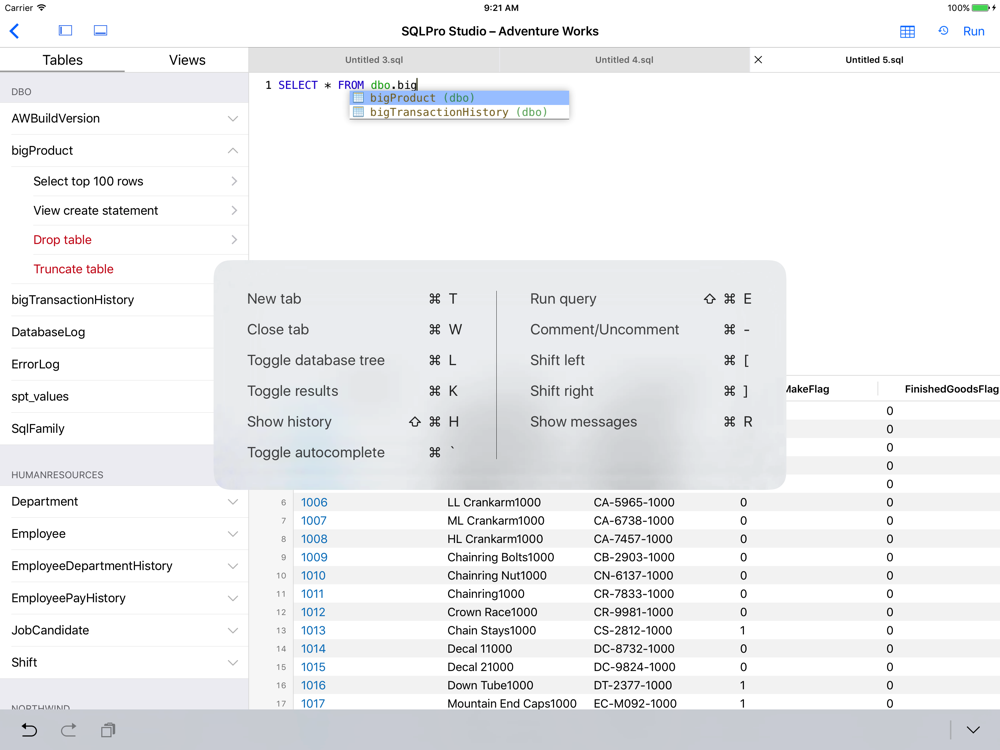

The default settings for limits are normally quite large and adequate for almost every application. This article defines what the limits of SQLite are and how they can be customized for specific applications. For this reason, newer versions of SQLite have well-defined limits and those limits are tested as part of the test suite. Because the upper bounds were not well defined, they were not tested, and bugs (including possible security exploits) were often found when pushing SQLite to extremes. Unfortunately, the no-limits policy has been shown to create problems. The policy was that if it would fit in memory and you could count it with a 32-bit integer, then it should work. But in SQLite, those limits were not well defined. Of course, every program that runs on a machine with finite memory and disk space has limits of some kind. SQLite was originally designed with a policy of avoiding arbitrary limits. We are concerned with things like the maximum number of bytes in a BLOB or the maximum number of columns in a table. "Limits" in the context of this article means sizes or quantities that can not be exceeded. Please correct me if I have any wrong ideas about Sqlite. Hope following link will be helpful (from where I got above information) But there are some applications that require more concurrency, and those applications may need to seek a different solution. Each application does its database work quickly and moves on, and no lock lasts for more than a few dozen milliseconds.

For many situations, this is not a problem. Similarly, if any one process is writing to the database, all other processes are prevented from reading any other part of the database.

That means if any process is reading from any part of the database, all other processes are prevented from writing any other part of the database. SQLite uses reader/writer locks on the entire database file. So if you are contemplating databases of this magnitude, you would do well to consider using a client/server database engine that spreads its content across multiple disk files, and perhaps across multiple volumes. And even if it could handle larger databases, SQLite stores the entire database in a single disk file and many filesystems limit the maximum size of files to something less than this. With the default page size of 1024 bytes, an SQLite database is limited in size to 2 tebibytes (241 bytes). But if you website is so busy that you are thinking of splitting the database component off onto a separate machine, then you should definitely consider using an enterprise-class client/server database engine instead of SQLite. SQLite will normally work fine as the database backend to a website. Because this problem results from bugs in the underlying filesystem implementation, there is nothing SQLite can do to prevent it.Ī good rule of thumb is that you should avoid using SQLite in situations where the same database will be accessed simultaneously from many computers over a network filesystem. If file locking does not work like it should, it might be possible for two or more client programs to modify the same part of the same database at the same time, resulting in database corruption. Also, the file locking logic of many network filesystems implementation contains bugs (on both Unix and Windows). SQLite will work over a network filesystem, but because of the latency associated with most network filesystems, performance will not be great. If you have many client programs accessing a common database over a network, you should consider using a client/server database engine instead of SQLite. Situations Where Another RDBMS May Work Better


 0 kommentar(er)
0 kommentar(er)
